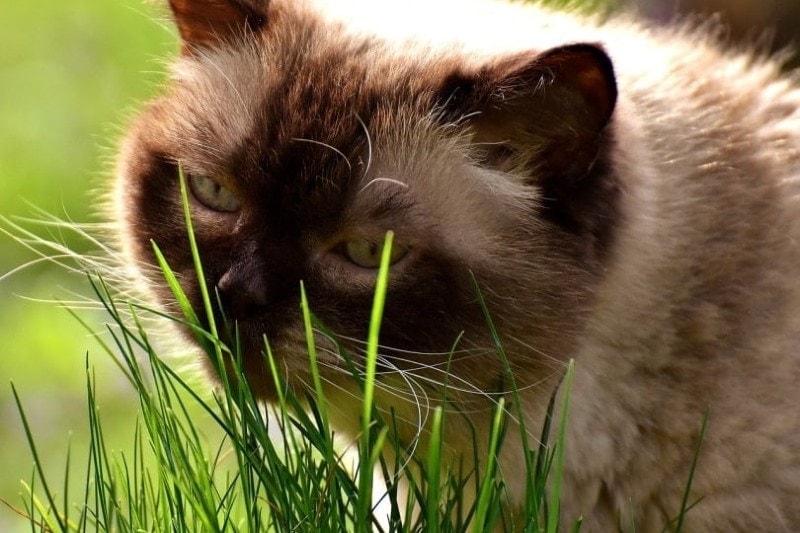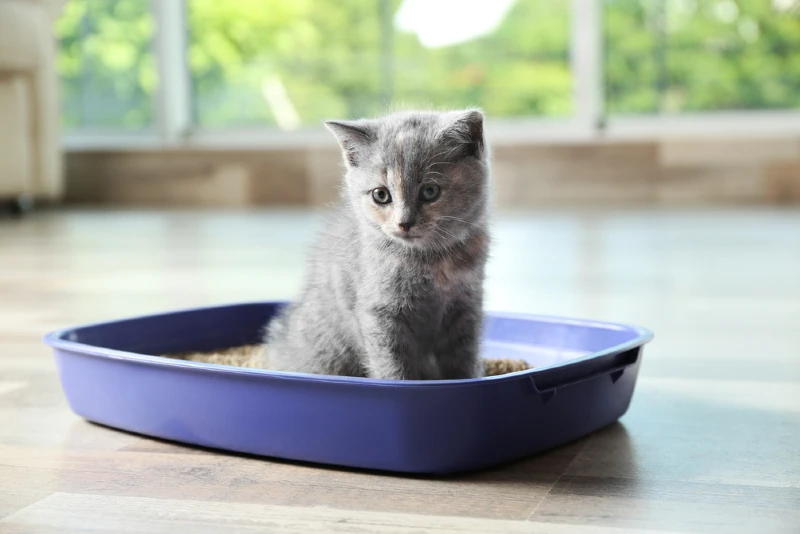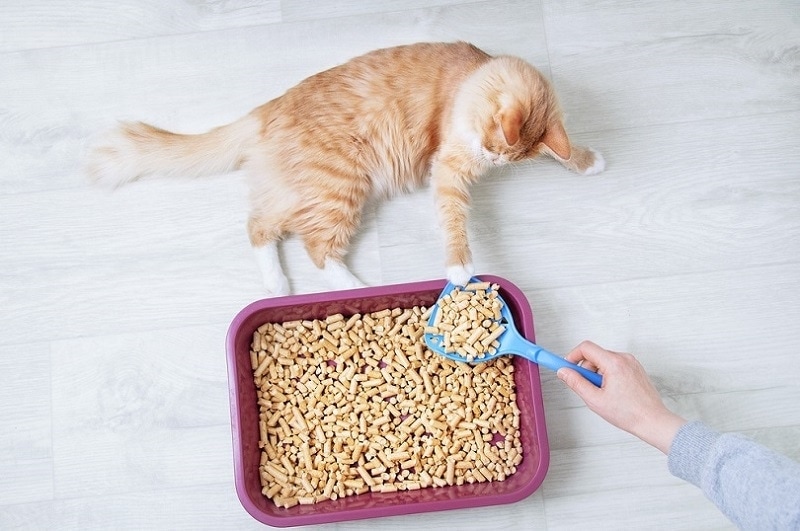Can Cats Eat Cheez-Its? Nutritional Health & Safety Guide

Updated on
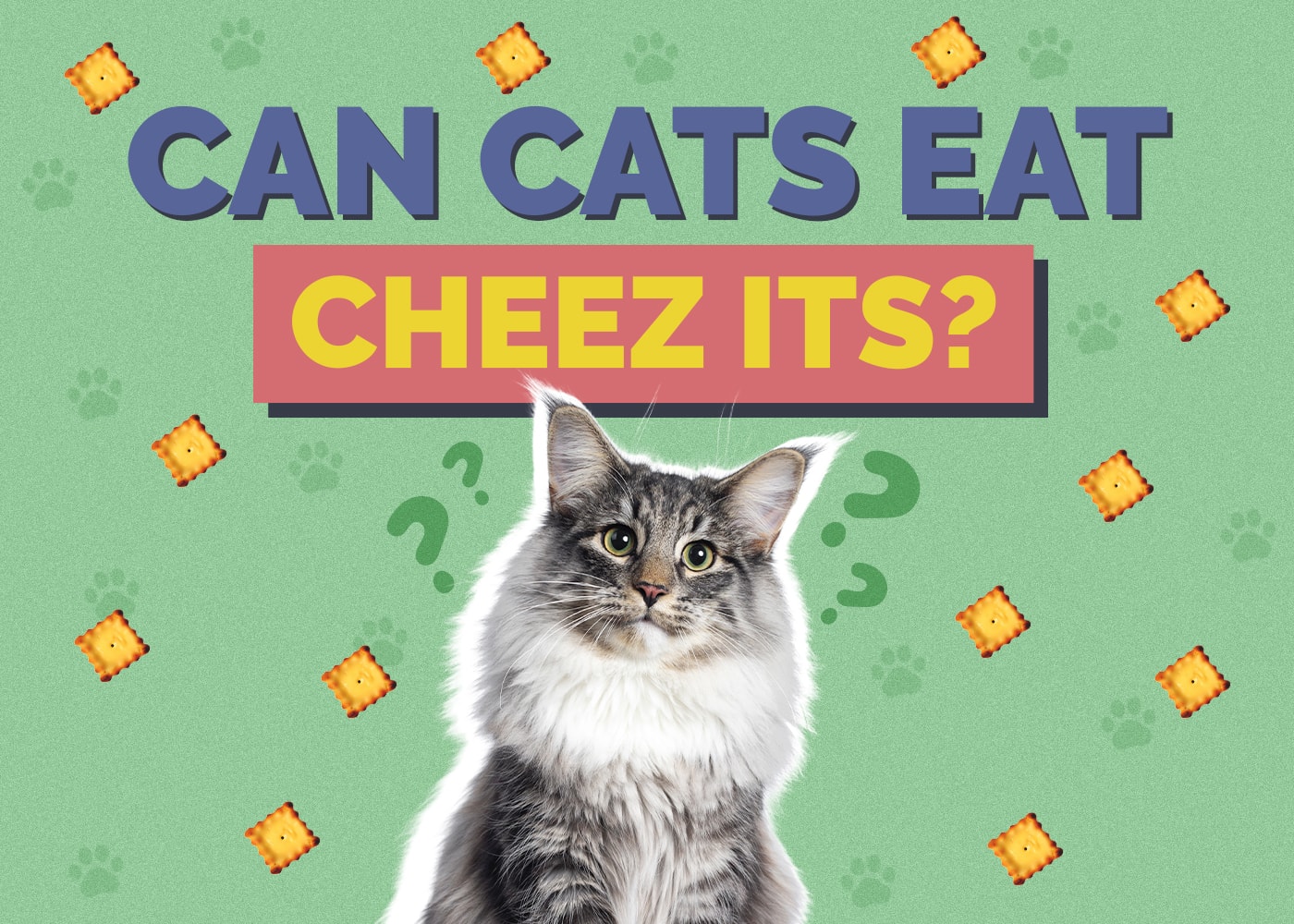
Cheez-Its are a delicious and enjoyable snack. The baked crackers with a dusting of cheese are popular for adults and kids alike, but what about cats?
Can cats eat Cheez-Its? While most Cheez-Its varieties don’t contain harmful ingredients, they offer virtually no nutritional value for cats.
 Are Cheez-Its Safe for Cats?
Are Cheez-Its Safe for Cats?
Depending on the flavor variety, a few Cheez-Its aren’t likely to hurt your cat unless they suffer from gastrointestinal problems or allergies. It’s essential to check the ingredient list since there are numerous flavors of Cheez-Its on the market.
So, you can give a few Cheez-Its to your cat, but it’s not recommended. Cheez-Its have virtually no nutritional value for cats, so there is no reason a cat should eat them.
Cats are obligate carnivores, and their diet needs to be primarily meat. Cheez-Its have very little protein, and cats don’t need the carbohydrates. In fact, feeding too many can lead to obesity, which can contribute to various health conditions.
There’s also a behavioral concern with feeding your cat Cheez-Its. If your cat gets used to eating human food, they may beg for foods that aren’t safe and reject their commercial food.
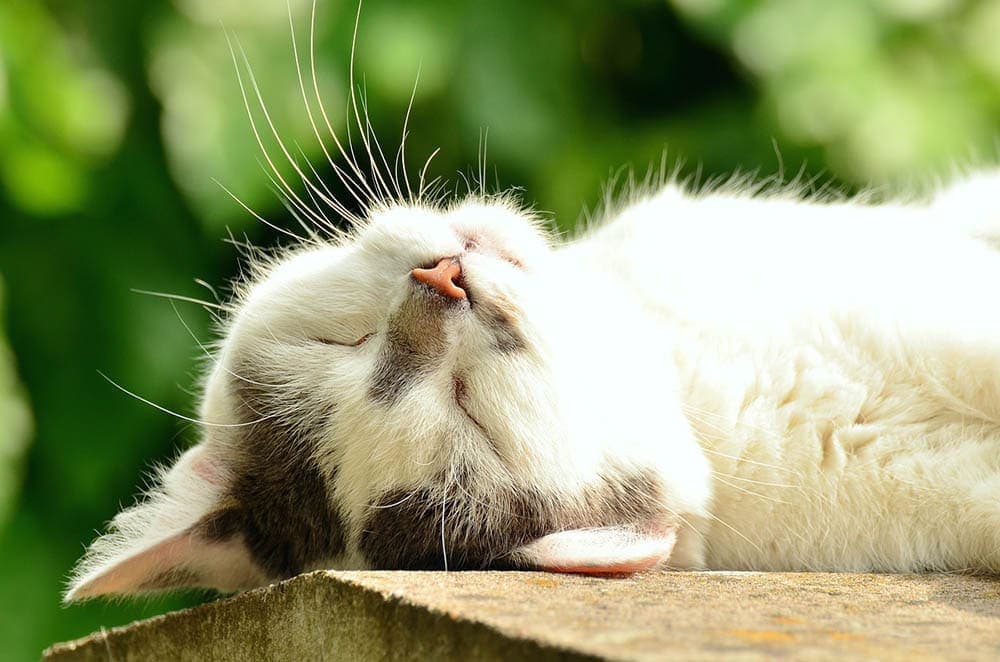
Cat Nutritional Needs
Cats have specific nutritional needs for optimal health. Unlike dogs, which can survive without meat for short periods, cats need specific nutrients from animal products.
In the wild, cats are hunters and eat a lot of animal protein, moderate animal fat, and minimal carbohydrates. Cats still need that nutritional profile today, which is widely available in the form of commercial cat food.
Commercial cat food provides whole and balanced nutrition in dry, semi-moist, or canned foods. Each food has its pros and cons, however.
- Dry food contains up to 10% water and uses a kibble with bite-sized pieces. It will likely have meat or meat by-products, grain, fish meal, milk products, fiber sources, and vitamin and mineral supplements. Dry food often has a coating for flavor, such as freeze-dried raw meat or animal fat. Depending on the quality, dry food can be inexpensive and stored for long periods. However, some cats don’t like dry food as semi-moist and wet food, and many owners need to combine dry and moist varieties.
- Semi-moist food contains up to 35% water and uses meat and meat by-products as the first ingredients. It may also use grain, cereal, soy, peas, preservatives, vegetables, and fruits for nutrients. Most semi-moist food contains preservatives to preserve shelf life, though it must be used after it’s opened. Many cats prefer semi-moist foods.
- Canned food is a popular option that contains at least 75% water to support hydration levels. Most canned food contains meats, meat by-products, and animal organ meat, though the nutrition may be incomplete. It’s essential to check the label and supplement it with semi-moist or dry food appropriately. While canned food is more expensive than the other options, it’s the most enjoyable for cats. Canned food can last long if unopened but must be used quickly after opening to avoid becoming rancid.
Regardless of the type, commercial cat food should be AAFCO-approved, meaning it passes or exceeds the standards of the Association of American Feed Control Officials (AAFCO). The organization uses a Feline Nutrition Expert (FNE) to establish guidelines for commercial cat food.
Keep in mind that cats need different nutrition throughout their life stages. Kittens need appropriate kitten food, adults need adult food, and senior cats should have senior-specific food. Pregnant and nursing cats may need additional nutrition. Some cat food formulas are specific to life stages, while others are appropriate for all life stages and suitable for multi-cat households.
While creating a homemade diet for your cat may be tempting, it’s challenging to get all the nutritional components right. Cat owners should use nutritionally complete commercial cat food to ensure their cats get whole and balanced nutrition or seek dietary consultation from a board-certified veterinary nutritionist. Prolonged nutritional deficiencies can result in health problems.
Now that you know what you can safely feed your cat, it’s just as important to find a bowl that supports their health and well-being. With whisker-friendly bowls and a wide tray to catch any spills, our Hepper NomNom Cat Bowl is our favorite option.
Key Takeaways
Cats can be finicky about their food, so it may be tempting to give them human food they’re interested in. Cheez-Its may tempt cats due to the smell of the cheese and protein, but they’re not healthy treats. While a few pieces won’t hurt, cats get little to no nutritional value from eating Cheez-Its.
Related Reads:
Featured Image Credit: Pixabay
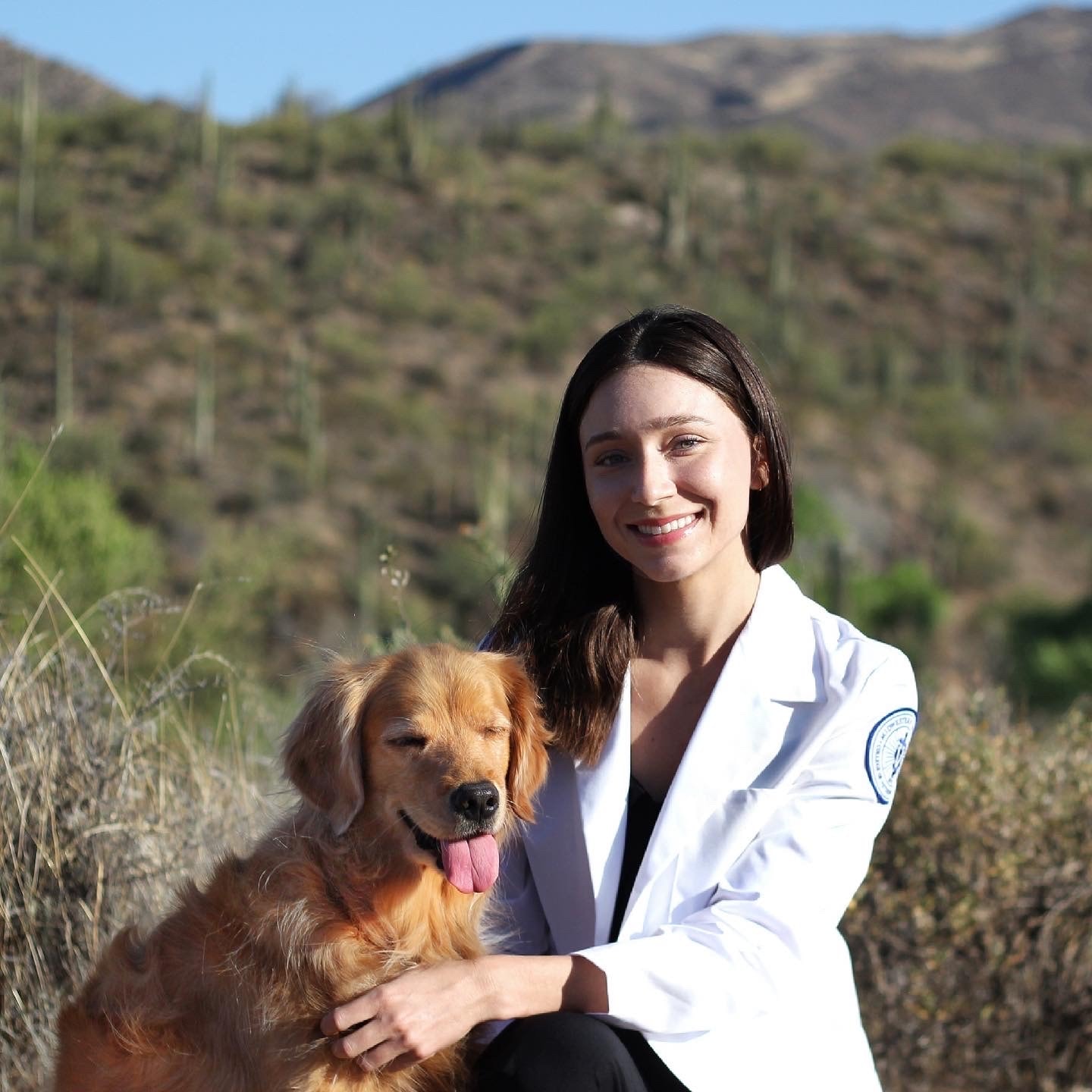
 Are Cheez-Its Safe for Cats?
Are Cheez-Its Safe for Cats?
